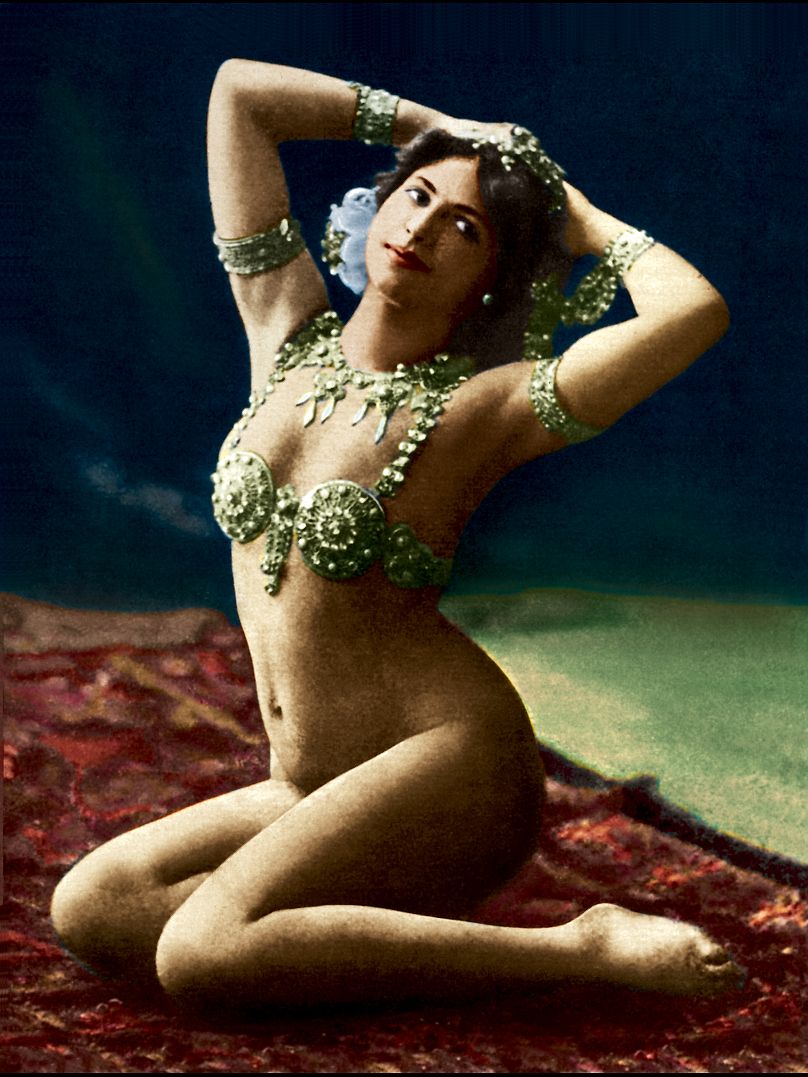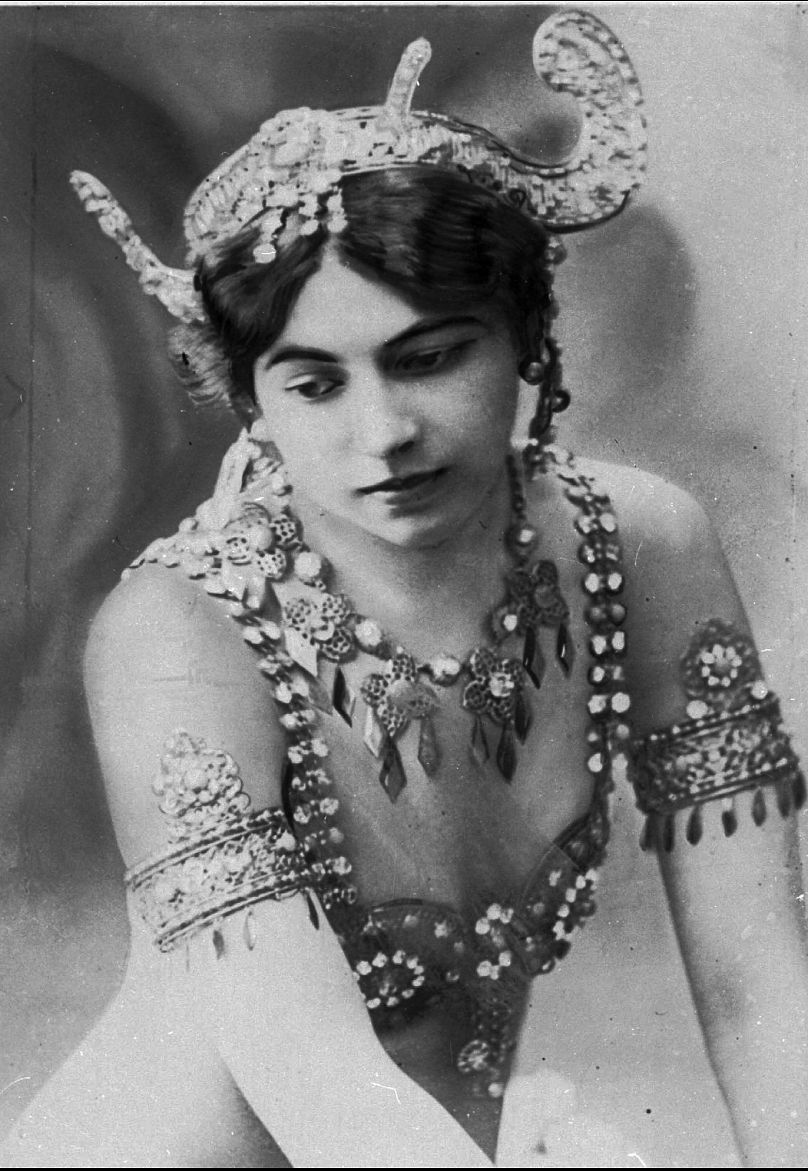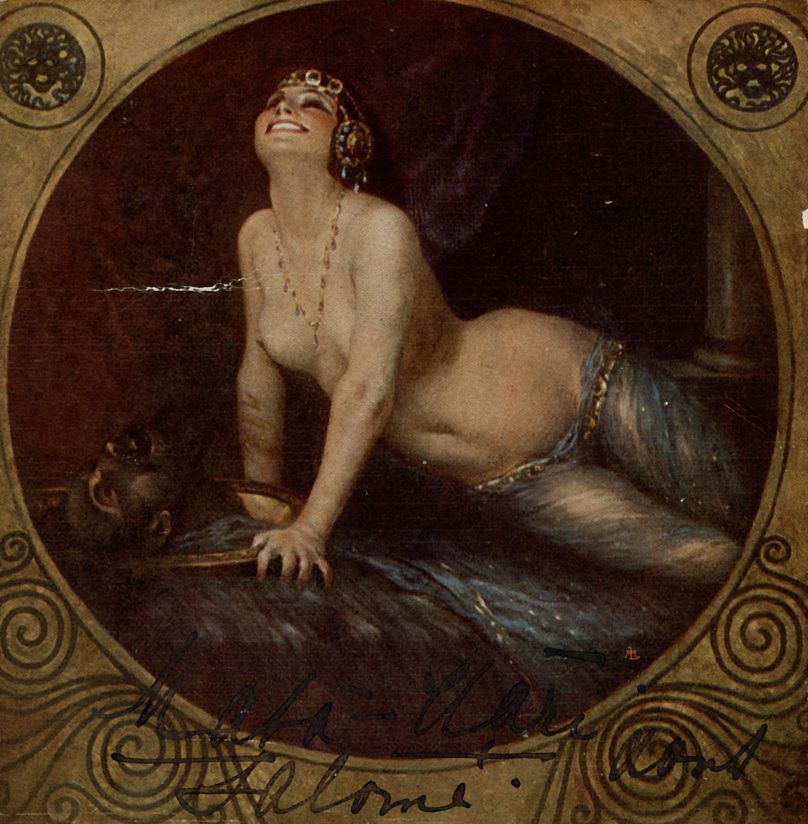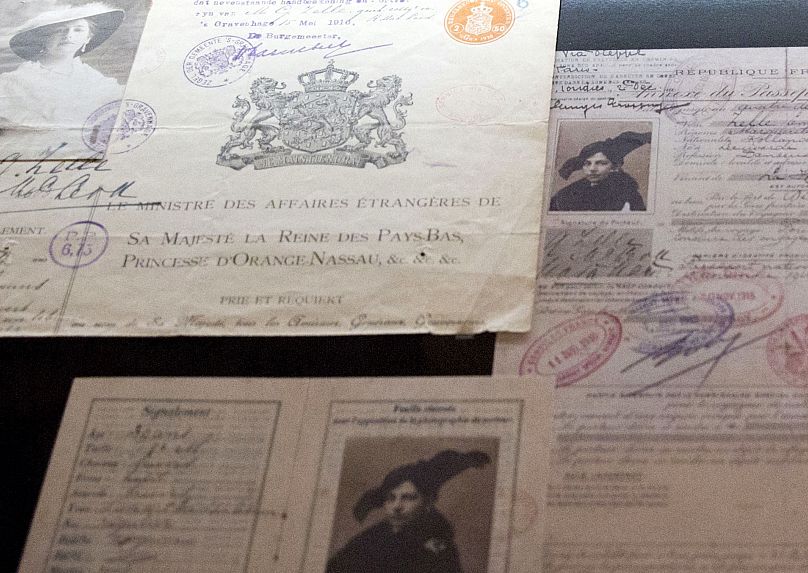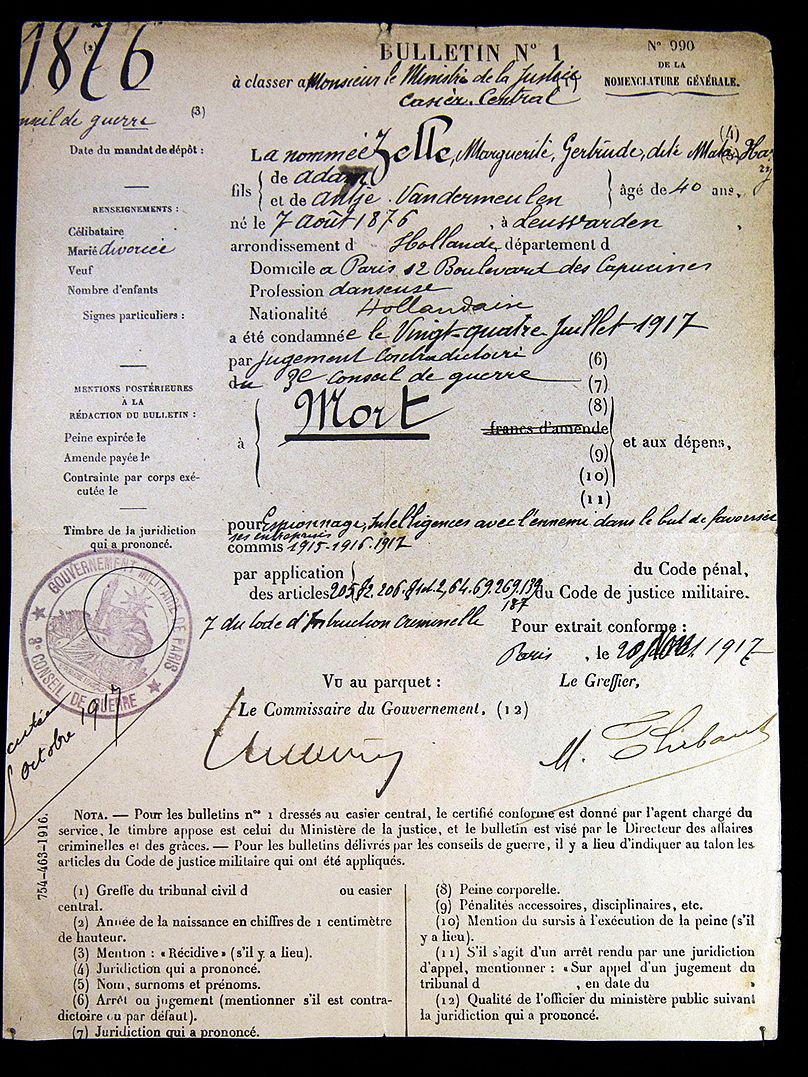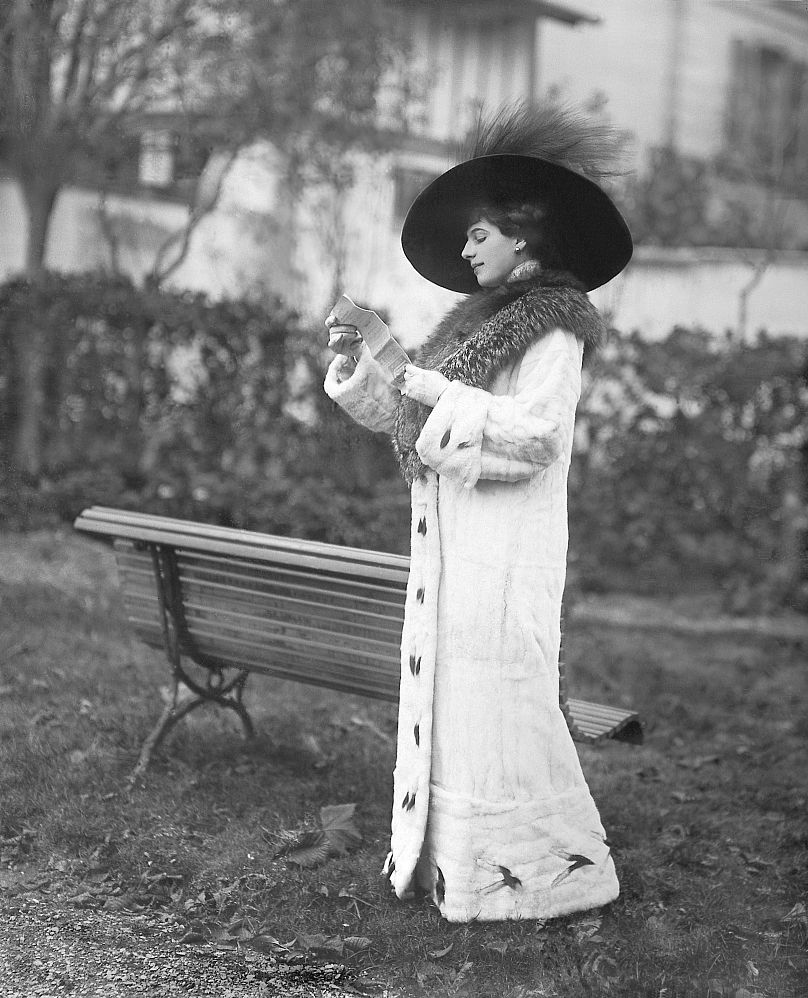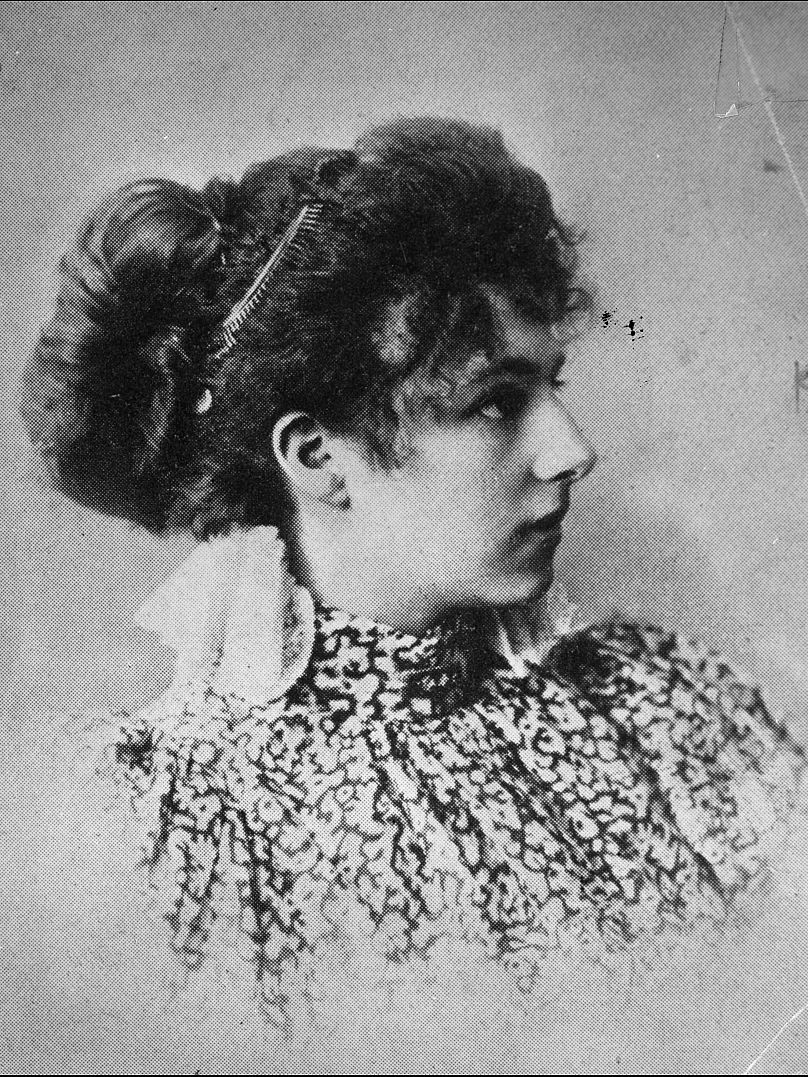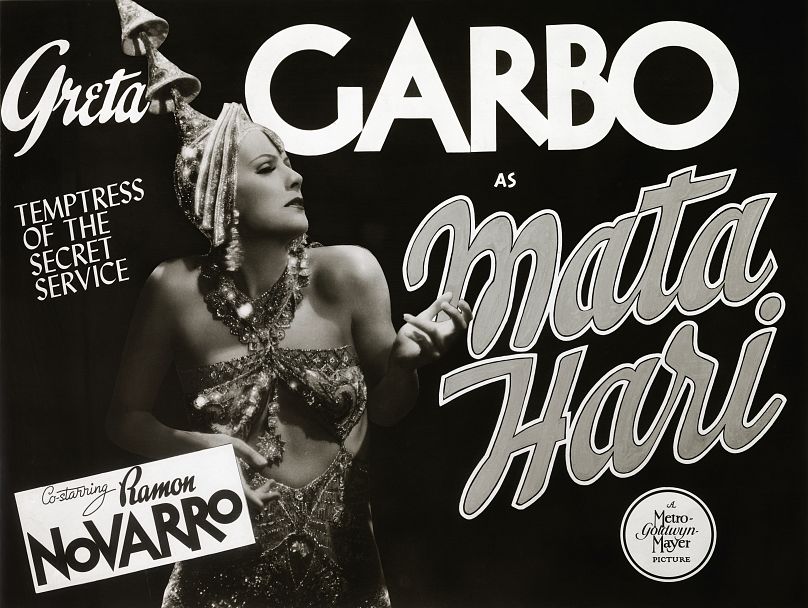On this day in 1917, Mata Hari was sentenced to death in Paris for allegedly spying on Germany’s behalf during World War I. Was she really a secret agent or just a scapegoat?
On 25 July, 1917, the exotic dancer failed to convince a military tribunal of her alleged innocence. They took less than an hour to find her guilty and agree on the death penalty.
Born in 1876, Mata Hari quite possibly set the standard for people who are ‘more than meets the eye’.
Her name wasn’t even Mata Hari and she certainly wasn’t raised in a sacred Indian temple and taught ancient Indian dances by a priestess as she long claimed.
In fact, she was born Margaretha Geertruida Zelle in Leeuwarden, a small town in the Netherlands.
The daughter of a hat shop owner, she was desperate for adventure from her youth. At the age of 18, she answered a newspaper advert placed by Dutch Colonial Army Captain Rudolf MacLeod who was looking for a wife. The pair married soon afterwards.
Following the birth of two children - one who died as a baby - and a tumultuous marriage, Zelle moved to Paris where she eventually reinvented herself as Mata Hari.
She was influenced by her time living with MacLeod in the Dutch East Indies - now Indonesia - and developed a ‘Hindu’-inspired dance act.
The early days of Mata Hari
Initially performing under the name Lady Gresha MacLeod, she would cast off a series of colourful robes and veils until she was left nearly nude.
Her willingness to dance almost naked saw her act go from strength to strength, as did the adoption of her stage name Mata Hari - a Malay phrase meaning ‘eye of the day’.
The new moniker added to her mystique and audiences were entranced by her creative dance moves. Her success spawned myriad imitations until she performed the last show of her career in March 1915.
By that year, she was known more as a courtesan, famous for her relationships with high-ranking military officers, politicians and other influential and powerful figures.
As the First World War approached, Hari was mostly seen as a free-spirited bohemian, but as the conflict grew ever closer, critics increasingly saw her as a dangerous seductress.
By the start of the conflict in 1914, Hari was forced to leave Berlin for her neutral homeland of the Netherlands, where her apparent career in espionage began.
While the details of Hari’s career as a spy remain sketchy, it is thought to have begun in late 1915.
According to historians, she was approached by Karl Kroemer, the honorary German consul in Amsterdam. He considered her a valuable asset, due to her influential contacts and ability to cross national borders freely thanks to her Dutch citizenship.
Hari later confirmed she had accepted the 20,000 francs offered for spying for the Kaiser but denied taking part in any espionage. Nevertheless, she was assigned a German codename - H21.
There are countless reports of her allegedly spying for the Germans throughout the conflict but it’s likely many of the accusations were unfounded.
“When she was arrested the war was going very badly for the French and she was a foreigner, very sexy, having affairs with everyone, and living lavishly while people in Paris had no bread”, biographer and anthropologist Pat Shipman has explained, adding, “There was a lot of resentment against her”.
In the book ‘Femme Fatale: Love, Lies and the Unknown Life of Mata Hari’, Shipman compared Hari to Marilyn Monroe in the 1960s. She was recognisable internationally and considered to be one of the most desirable women in Europe.
“This is part of why it is so ludicrous to think she was a spy”, said Shipman. “She couldn't be clandestine and sneak around. She couldn't help but attract attention”.
Hari’s constant travelling across Europe, though, soon attracted the attention of British intelligence, who suspected her of being an enemy agent. They had asked their French allies to keep an eye on her too, but she became a spy for that nation.
She continued to dive into relationships with high-ranking military officials from Germany and Russia, making her name synonymous with the archetypal femme fatale.
The beginning of the end
In December 1916, the French War Ministry accused Mata Hari of communicating the names of six Belgian spies to the Germans.
On 13 February 1917, she was arrested and charged with espionage and confined to Paris’ Saint-Lazare prison. Hari spent months under interrogation, always denying any involvement in spying but speaking openly of her sexual pursuits.
“A courtesan, I admit it,” she said. “A spy, never!”
Over the last 106 years, historians have not been able to decide whether Mata Hari was actually guilty of many of the charges levelled against her. While some academics say there is enough evidence to prove she was a wide-ranging spy, countless others suggest she was used as a scapegoat.
There have even been reports that the sensation of her arrest, trial and death sentence was put in place to raise morale in France during one of the darkest periods of the war.
A rigged trial?
Mata Hari’s espionage trial commenced on 24 July 1917. Despite huge holes in the evidence about the secrets she might have passed to the Germans, the prosecution blamed her for the deaths of thousands of Allied soldiers.
They also pointed to her numerous affairs as apparent proof she had been gathering intelligence for the enemy.
In his closing statement, prosecutor Andre Mornet said, “the evil that this woman has done is unbelievable”, adding: “This is perhaps the greatest woman spy of the century”.
The next day, the military tribunal judging Mata Hari took less than an hour to find her guilty and sentenced her to death.
The true extent of her espionage will likely never be known for certain and the general consensus is that it was her independence and lifestyle choices which led her to become a distraction for the huge losses the French army was suffering on the Western Front.
On 15 October, 1917, she was driven to a field on the outskirts of Paris. Refusing a blindfold, she was placed against a wooden stake and executed by a firing squad of twelve French soldiers.
A performer to the end, she definitely blew a kiss to her executors before the fatal shots rang out.
Mata Hari has remained a legend in the 106 years since her death, with versions of her life story spawning countless films and even Azerbaijan's Eurovision entry in 2021.
Mata Hari (1876 – 1917)












